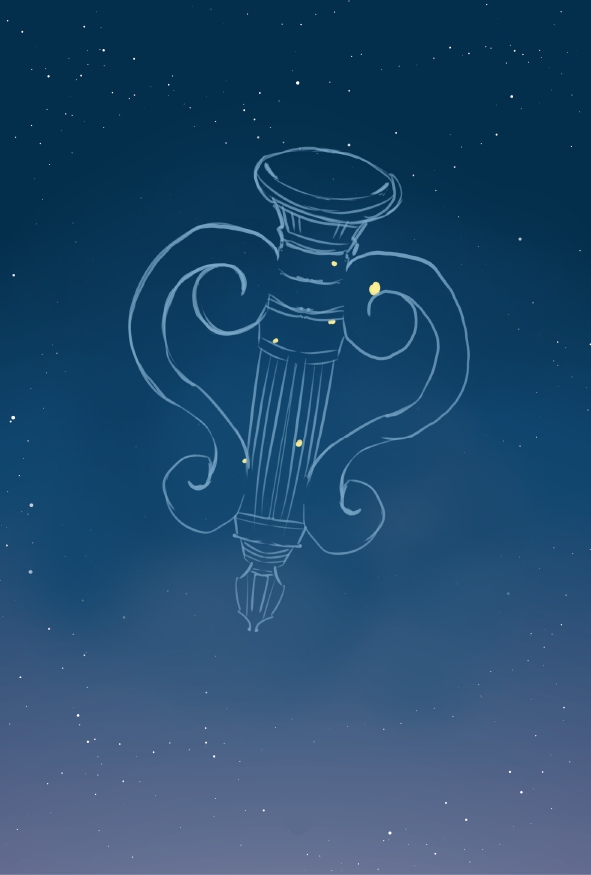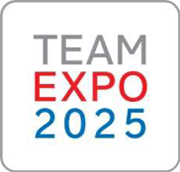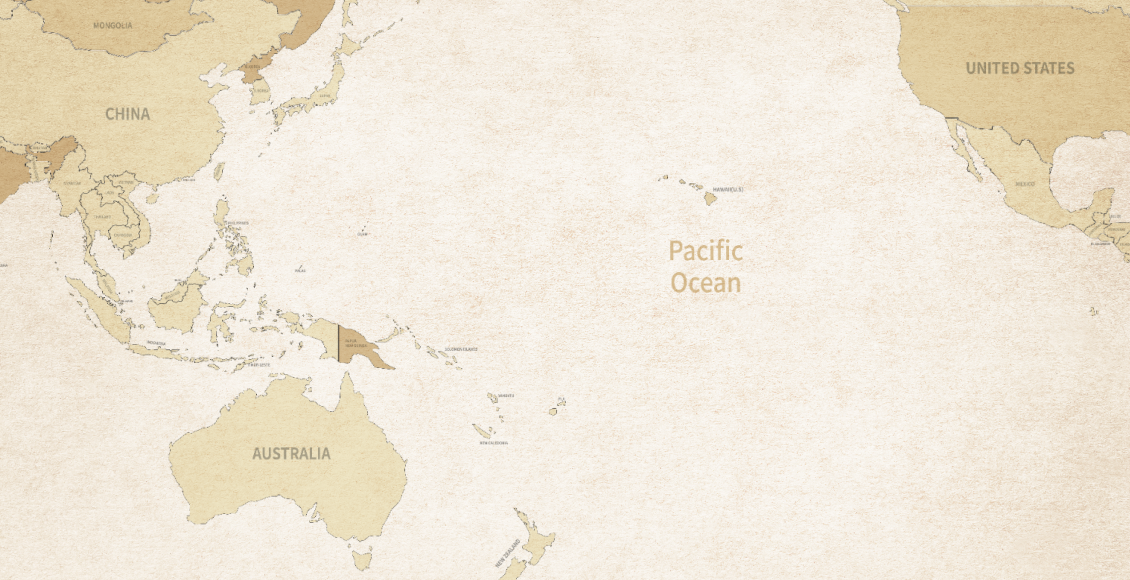
About Lyra
- alphabetLyra/Lyre
- Katakana, OnyomiLyra/Ryura
Lyra was established by Claudius Ptolemy. It has an area of 286 square degrees and 70 stars visible to the naked eye. It is one of the 48 Claudius Ptolemy constellation. It is easy to find because the bright first magnitude star Vega shines near the zenith all summer.
According to legends such as the "Metamorphoses" and "Kataasterismoi," the myth of Lyra is written as follows:
Soon after he was born, Hermes, the messenger god, stole the entire herd of cattle from the sun god Apollo. He ate two of the cattle and hid the rest, when a sea turtle came along and he made a lyre from its shell. He then got into an argument with Apollo, who is also the god of music, who came to get his cattle back, and Hermes played the lyre and asked Apollo to forgive him, saying he would give in. Apollo agreed, as the sound of the lyre was the most beautiful he had ever heard.
This led to the friendship between Hermes and Apollo, who gave Hermes the Caduceus, a messenger staff. This seven-stringed lyre was later given to Orpheus, the son of the Muses Calliope, a musician. After Orpheus' death, the lyre was raised to the heavens and became constellation.
[Source of the story]
Encyclopedia of the Cultural History of Stars, Hakusuisha Publishing (December 2019)
Encyclopedia of constellation Shinsha (February 2011)
 The Story of Lyra
The Story of Lyra
Even the same constellation is viewed and has different anecdotes depending on the era.
We will introduce stories about Lyra in each era and region.

















